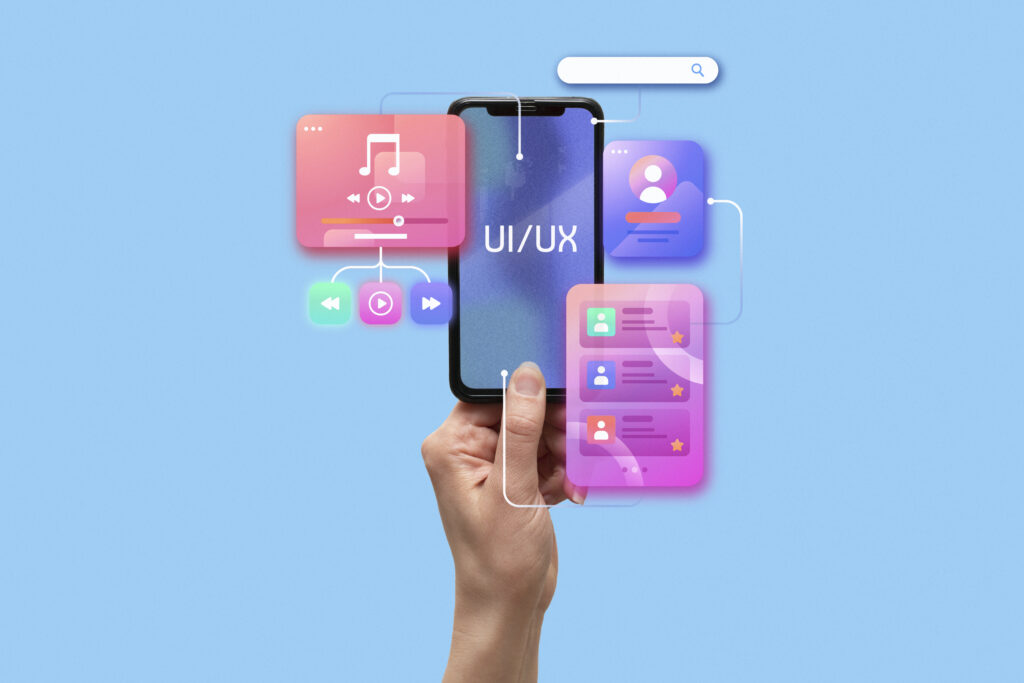
A mobile phone is a complex electronic device that combines mobile telephony and computing functions into one unit. With the advancement of technology, mobile phones have evolved into powerful, portable computers with capabilities beyond traditional calling and messaging. Their functionality is enabled by both hardware and software components, working together to provide seamless user experiences.
In the mobile phone repairing field, we categorize repairs into hardware and software solutions. Software-related issues and repairs involve the following key aspects:
Software Repairing Tasks in Mobile Phones
- Flashing: Installing or updating firmware or the operating system on a mobile device.
- Unlocking Different Types of Locks: Removing screen locks, FRP locks, network carrier locks, and bootloader locks.
- IMEI Repairing: Restoring or repairing corrupted or lost IMEI numbers, often due to software corruption or illegal modifications.
- Data Transfer & Recovery: Extracting, backing up, or recovering lost data from mobile devices.
- eMMC Re-Programming: Reprogramming the embedded MultiMediaCard (eMMC) to fix boot errors, data corruption, or software-related failures.
- Rooting & Jailbreaking: Gaining privileged access to Android (Rooting) or iOS (Jailbreaking) devices to modify system files or install custom ROMs.
- Baseband & Network Fixing: Repairing software-related network issues, such as “No Service” or “Invalid SIM.”
Operating Systems in Mobile Phones
An Operating System (OS) is the fundamental software that manages hardware resources and provides a platform for running applications. After the bootloader initializes the device, the OS loads and controls system operations, memory management, and application execution.
Different Types of Mobile Operating Systems
- Android (Google) – Open-source, Linux-based OS, widely used in smartphones and tablets.
- iOS (Apple) – Proprietary OS, optimized for Apple devices like iPhones and iPads.
- Windows Mobile (Discontinued) – Microsoft’s mobile OS, mainly used in older devices.
- Symbian OS (Discontinued) – Used in older Nokia phones.
- Java-based OS – Found in basic feature phones.
- BlackBerry OS (Discontinued) – Designed for BlackBerry devices.
- Tizen OS – Developed by Samsung for wearables, smart TVs, and select smartphones.
Currently, the most commonly used mobile operating systems are Android and iOS, making them the primary focus of software repairs.
Concept of Android OS

Android is an open-source mobile operating system built on a modified Linux kernel and other open-source software. It is designed primarily for touchscreen devices like smartphones and tablets. Android is maintained by the Open Handset Alliance (OHA), but its most widely used versions are developed and optimized by Google.
Key Features of Android OS
- Customizability: Supports custom ROMs, launchers, and UI modifications.
- Multi-tasking: Runs multiple applications simultaneously.
- Google Play Store: Provides access to millions of apps.
- Security Features: Includes Google Play Protect, sandboxing, and biometric authentication.
- Regular Updates: Features over-the-air (OTA) updates for security patches and new features.
Android System Components
- Linux Kernel: Core component that manages CPU, memory, and hardware communication.
- Android Runtime (ART): The execution environment for Android apps.
- Libraries & APIs: Includes SQLite, WebKit, and media libraries.
- Application Framework: Provides high-level services like activity management and UI controls.
- System Apps: Essential pre-installed apps such as Phone, Messages, and Settings.
Android Software Repairing Techniques
- Fastboot & ADB Commands: Used for flashing, unlocking, and debugging devices.
- Recovery Mode & Factory Reset: Troubleshooting software crashes and boot failures.
- Custom ROM Installation: Installing modified versions of Android for better performance.
- FRP Bypass Methods: Unlocking Google account verification.
- EFS & Baseband Repair: Restoring lost IMEI and network connectivity.
Concept of iOS

iOS is Apple’s proprietary mobile operating system, known for its security, smooth performance, and optimized hardware-software integration. Unlike Android, iOS is a closed-source OS, meaning it is tightly controlled by Apple.
Key Features of iOS
- App Store: Provides access to high-quality, curated applications.
- Security & Privacy: Features encryption, Face ID, Touch ID, and app sandboxing.
- Optimization: Designed specifically for Apple hardware, ensuring smooth performance.
- Seamless Ecosystem: Integrates with macOS, watchOS, and iCloud services.
- Limited Customization: Unlike Android, iOS has strict UI and system modifications.
iOS Software Repairing Techniques
- iTunes & Finder Restorations: Used to update, restore, or reset iPhones and iPads.
- DFU & Recovery Mode: For repairing corrupted firmware or boot failures.
- Jailbreaking: Gaining root access to install unauthorized apps and tweaks.
- iCloud & Apple ID Bypass: Unlocking iCloud-locked devices (legally or illegally).
- Baseband & Carrier Unlocking: Modifying network settings to support any carrier.
Conclusion
Understanding mobile phone software is essential for efficient diagnosis, troubleshooting, and repair of modern smartphones. Software issues can range from minor glitches to complete system failures, requiring tools like SP Flash Tool, Odin, Chimera, EFT Pro, UMT, and MRT to resolve problems effectively.
With the dominance of Android and iOS, mobile phone repair professionals must stay updated with the latest techniques and tools to handle new security features, system updates, and repair challenges effectively.

The website design looks great—clean, user-friendly, and visually appealing! It definitely has the potential to attract more visitors. Maybe adding even more engaging content (like interactive posts, videos, or expert insights) could take it to the next level. Keep up the good work!